Having wine with spicy foods? epicure asked experienced sommeliers how they would best tackle the longstanding dilemma and their wine pairing selections.
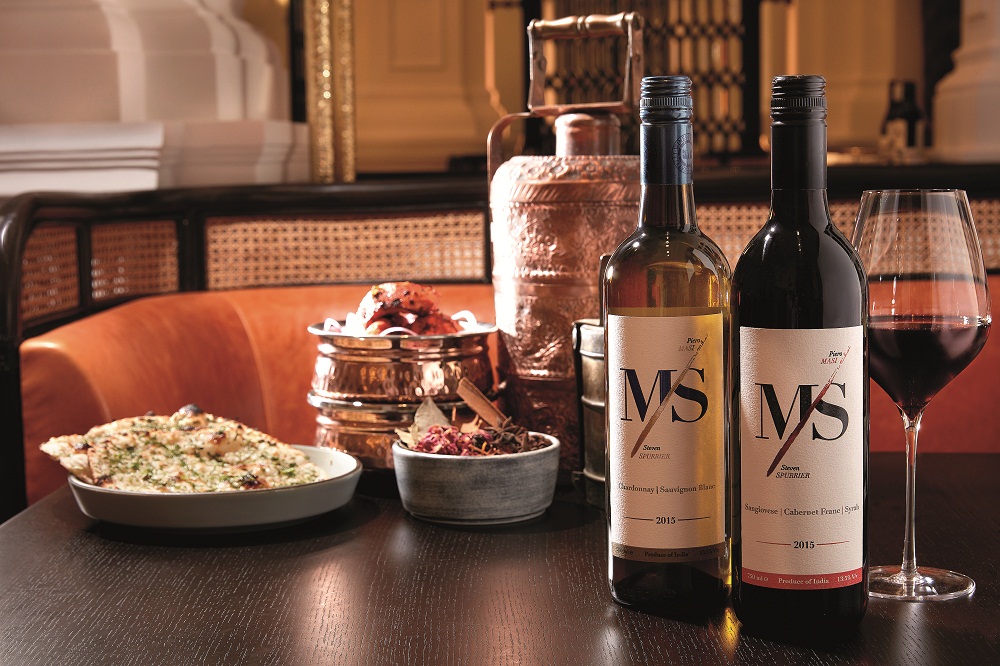
Pairing wine with spicy, piquant dishes remains a divisive issue. The answer has never been as straight as the tenet of “red meat with red wine’. Spice creates varied nuances in cuisines, so it is natural for the pairing question to lead to an equally multi-layered answer.
Asian meals, ranging from Thai, Chinese and Korean to Indian, Malay and Singaporean, are often found on communal sharing tables with a smattering of condiments to fill out the missing flavours. Lemon offers acid; sambals amp up the heat, and soy sauce adds umami. The incongruent harmony delights the palate but wreaks havoc on wines, overwhelming their flavours.
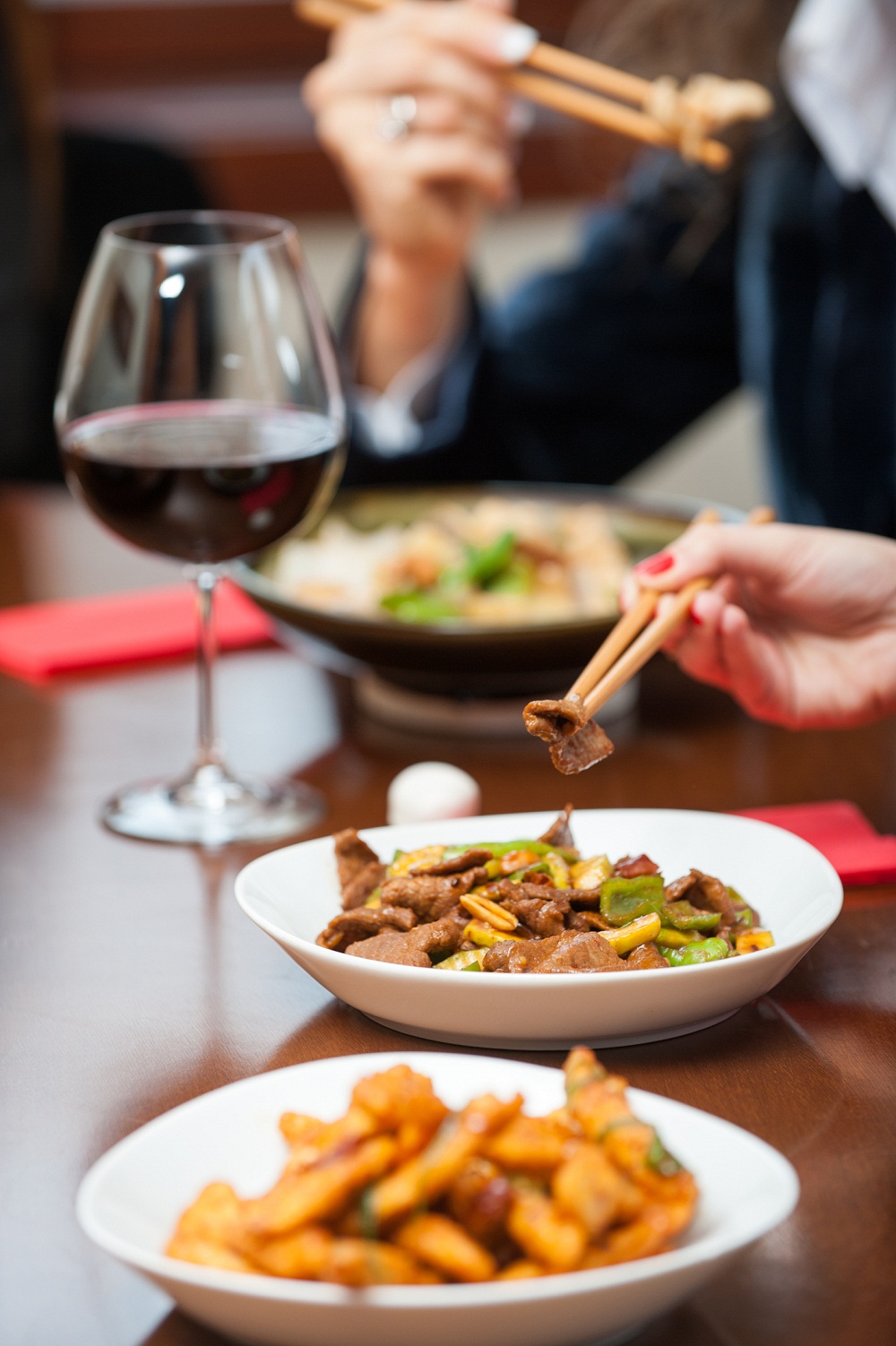
Consider the western meal, which is usually a staged affair: a coursed meal which calls for wine to fill out the palate and provide acid or sugar where needed. “In Asia, we have big sharing plates, and we are going from fish and noodles back to meat. It’s all upside down,” says Stephanie Rigourd, partner and director of Vintage Wine Club. The European pairing basics of pairing one dish with one wine, she says, does not work in Asia.
It’s easy to give up on the wine quest and resort to the effervescence of beer to calm your palate (the truth is, beer neuters the taste instead of placating the taste buds). But with a bit of effort, you can find a multitude of wines that can stand up to spice and create balance and synergy.
Rigourd says, “We must adapt wine to this culture, not the other way around.” Having lived in Singapore for over a decade, she has acquiesced to the Asian spice-loving palate. “If you love eating spicy foods and you love that heat, then you don’t need to soften down. So just bear in mind that anything you drink with such food won’t taste the same.”
From chilli padi to toasty gochujang, chillies excite the taste buds, and our palates are indeed programmed to enjoy them. The burning sensation is generated by capsaicin, a chemical compound found in chillies. Capsaicin binds to the tongue receptors that perceive temperature, triggering the nerve fibres to deliver a signal pain to the brain. This pain brings on an endorphin kick, a sense of euphoria that makes us reach out for more.
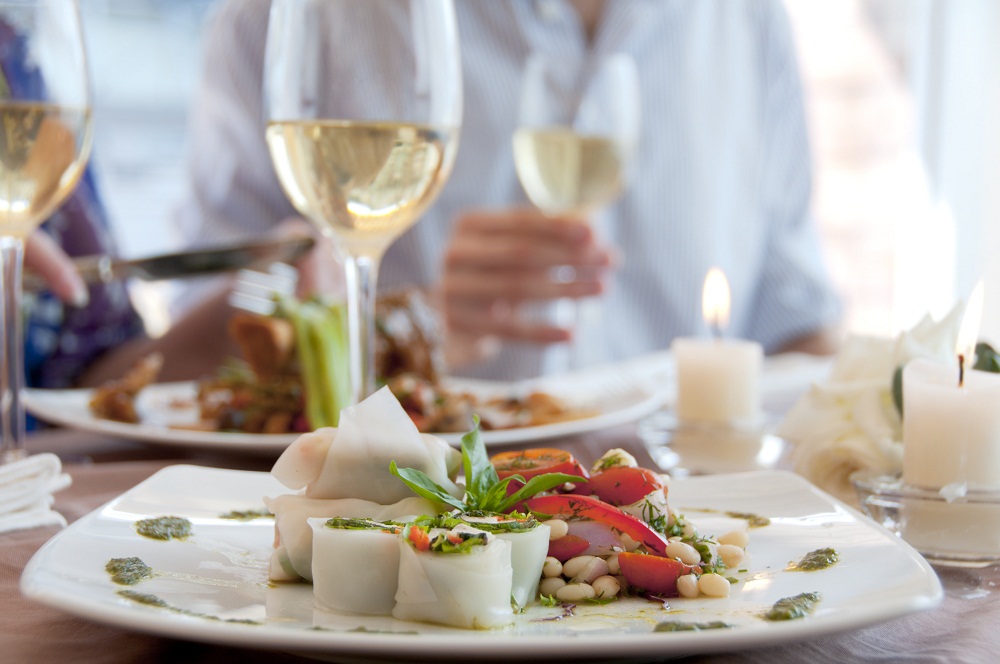
Rigourd recommends high acidity wine to give a punch to spices and a rounder, richer wine with density to soften the spices. Alternatively, she says, try taking two to three bottles of wine and keep going back and forth from one glass to the other, depending on what we are eating.
As for Sichuan pepper and red chilli, that’s where she draws the line. “They are obviously the worst. Your mouth is numb; what can you taste?”
A SPOONFUL OF SUGAR
Amir Solay, director of operations at Club Street Wine Room, favours a little sugar on the palate. He says it’s not because the sugar will cover spice and heat; instead, the sweetness complements a spicy dish.

The sugar acts as a barrier between the spicy morsels and delicate taste buds, coating the tongue with sugar and dulling the onslaught of the spice.
To create the right pairing, he sets about to learn the cuisine and its spice level. “Let’s talk North Indian where the spice attacks later. I would safely pair the cuisine with a kabinett, spatlese, or even an auslese style of riesling.” The wines are a perfect match for Thai and Vietnamese cuisines too as the aromatic profile of kaffir lime and lemongrass accords with riesling’s bouquet of aromas.
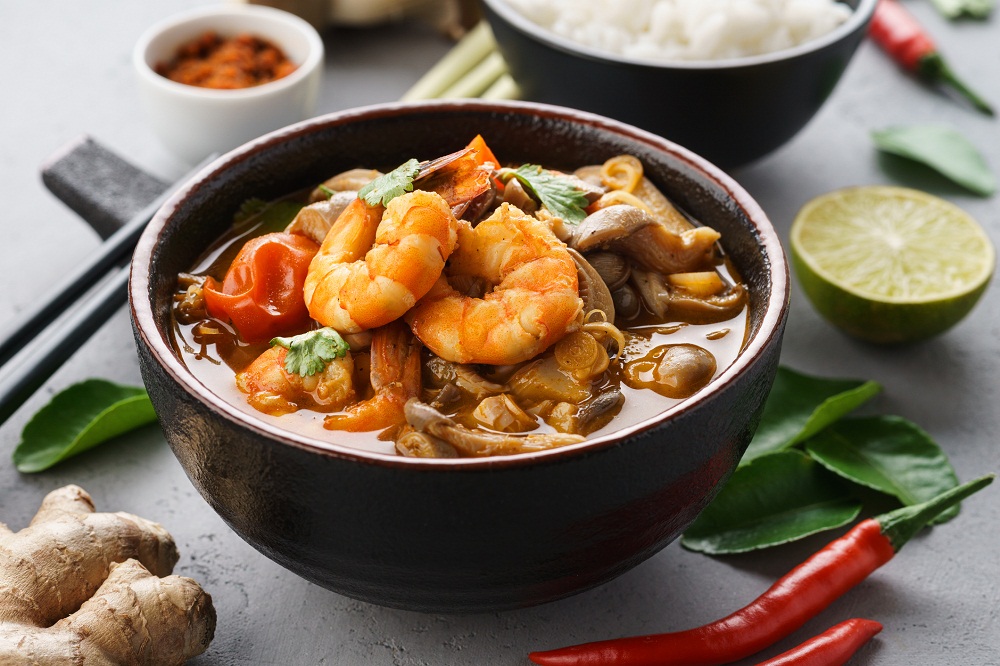
These three off-dry styles of riesling – kabinett, spatlese and auslese – refer to the amount of residual sugar left in the wines to balance the acid. The sweetness mutes the heat, high acidity refreshes the palate, and low alcohol soothes the burn.
Given that Solay specialises in esoteric wines, his recommendations naturally include some off-the-beaten-track wines. “Orange and rosé wine with a bit of flesh left in the skins can also do the trick.” His current favourite is the fragrant white from El Grifo, in Canary Islands made with Malvasia Vólcanica grapes.
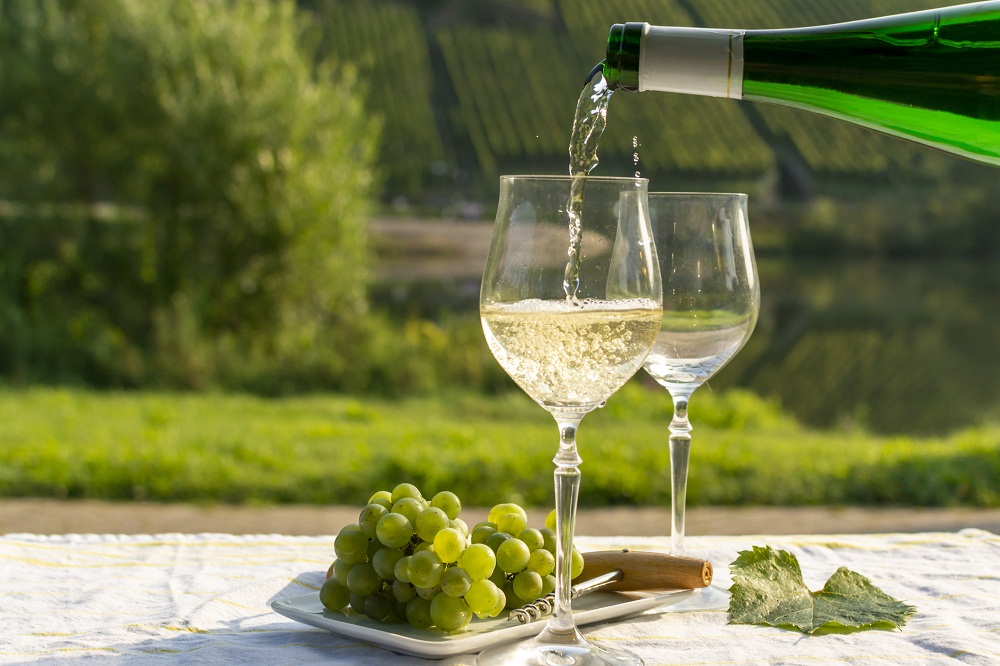
As for red lovers, Solay recommends “running away” from tannin as fast as you can. Tannins clash with spices and create bitterness on the palate. “If anyone wants red wines, I would like them to try a sparkling red, like the Spring Seed ‘Wanderer’ Sparkling Red made from organic petit verdot from Australia.”
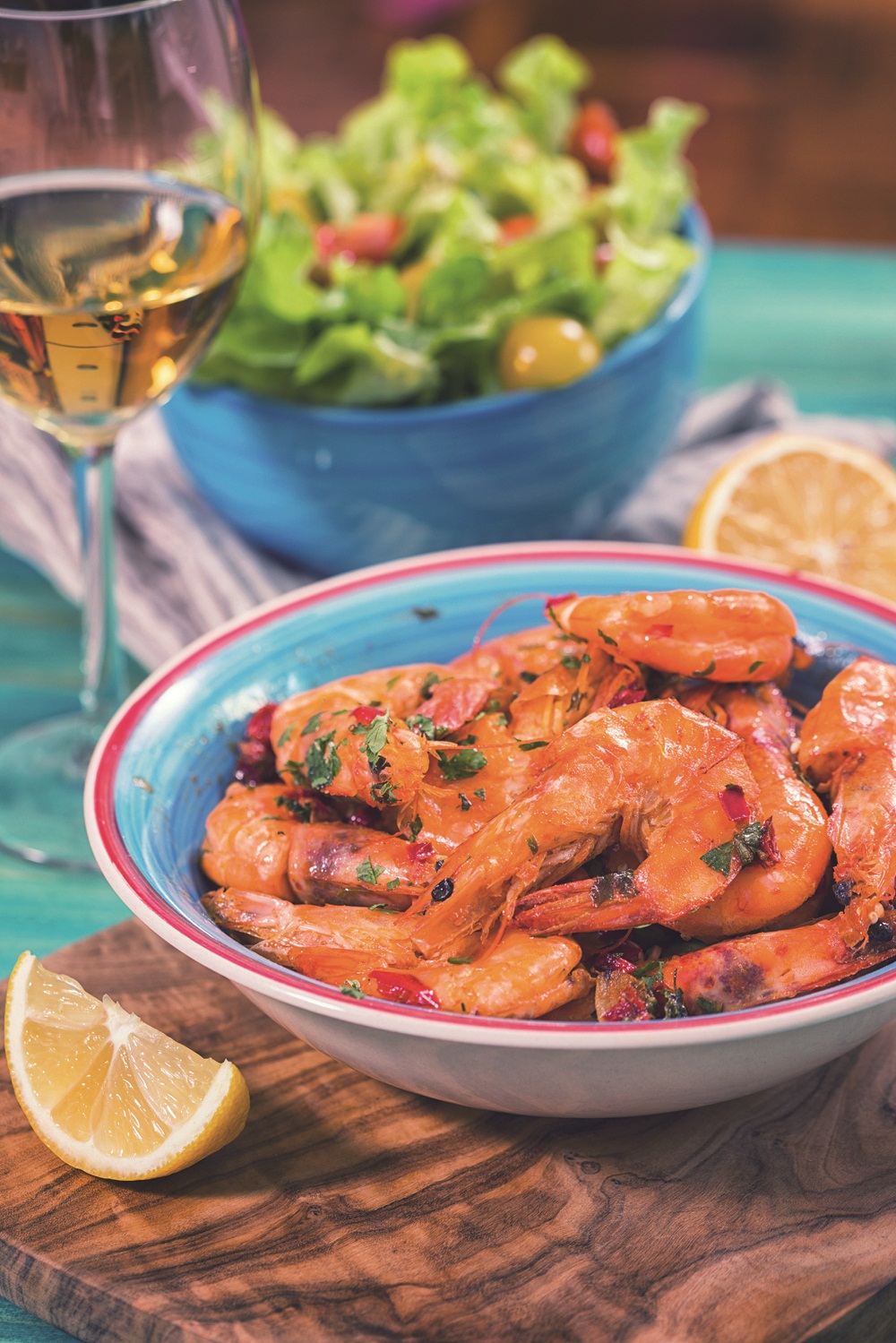
EXPLORING NEW AGE WINES PAIRINGS
Bhatia Dheeraj, wine and spirits director at Arkhe restaurant in Adelaide, Australia is no stranger to Asian tastes. Born in India, his work brought him to Singapore (Tiffin Room at Raffles Hotel) and later at Hotel Peninsula, Hong Kong before he found a home in Australia.
“The whole idea when it comes to pairing a wine with spices is not to kill the flavour of spice, because there are people out there who like spice, especially the Asian community,” he shares.
“When I’m choosing a wine, I’m looking for balance. An off-dry wine is my last option. I want to bring out the flavour of the spice, find that balance and enhance the dining experience.”
WINE STYLES TO CONSIDER WHEN PAIRING SPICY FOODS WITH WINE
- Off-dry rieslings or dry rieslings
- Aromatic whites from Rhone
- Champagne
- Pinot gris from Alsace or Mornington Peninsula
- Light red wines: Beaujolais, St Laurent, Zweigelt
- Orange and riper rosé wines

Dheeraj’s recommendations range from traditional styles to new age wines. He opts for Jura-style oxidative whites for Arkhe’s spicy and capsaicin-laden padron peppers with pico de gallo and smoked salt. He finds that, “The aldehyde compounds from an oxidative style (bruised apple and nutty notes) work really well with the spice levels.”
He also champions textured sips from Rhone Valley. Made from Grenache Blanc, Marsanne and Rousanne, these wines are rounder and full-bodied which not only cuts through the spice but are also bold enough to stand up the heft of the spice-rich sauces. Alternatively, he adds, “Mornington Peninsula in Australia makes excellent Alsatian-style Pinot Gris. I go for Nazaaray, Ocean 8 or Polperro.”
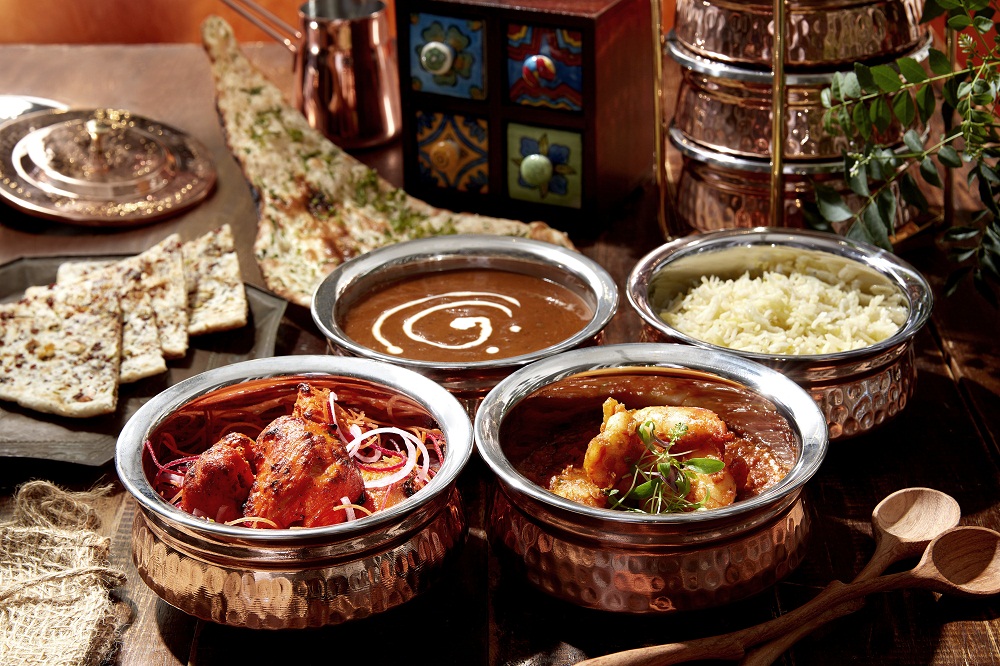
From his experience at Tiffin Room, he remembers Singapore drinkers’ proclivity for reds, and like Solay, he recommends soft tannin wines like Beaujolais and obscure Corsican red varietal, Sciaccarello (pronounced shak-arellu). “I think of this grape as a French grape in essence and Italian by heart. It has dried rose petals and rhubarb character going on.”
The varietal tends to be blended with other native grapes in Corsica. For an alternate expression, Dheeraj recommends Australian renditions made by Koerner – a crunchy, pomegranate-noted thirst quencher.
These lighter reds take well to lower temperatures. Master of Wine Jeannie Cho Lee attests to this in her book, Asian Palate, where she writes:” The cooler the wine being served, the more refreshing the taste and the greater its possible harmony value since numerous Asian dishes can be oily and are fried or stir-fried.”
Derek Li, the former group sommelier at the Jia Group in Hong Kong believes that pairing wine with spicy food is a subjective choice as it depends on the diner. For either camp – those who want to experience the heat and those who want to mute it – there are plenty of wine styles versatile enough to keep pace and create harmony on the palate. If all else fails, there’s always champagne. The acid and the bubbles cleanse the palate with every sip, preparing you for the next hit of spice.